Bacopa monnieri
Bacopa monnieri
1. The products in our compound library are selected from thousands of unique natural products; 2. It has the characteristics of diverse structure, diverse sources and wide coverage of activities; 3. Provide information on the activity of products from major journals, patents and research reports around the world, providing theoretical direction and research basis for further research and screening; 4. Free combination according to the type, source, target and disease of natural product; 5. The compound powder is placed in a covered tube and then discharged into a 10 x 10 cryostat; 6. Transport in ice pack or dry ice pack. Please store it at -20 °C as soon as possible after receiving the product, and use it as soon as possible after opening.
Natural products/compounds from Bacopa monnieri
- Cat.No. Product Name CAS Number COA
-
BCC8128
Bacoside A3157408-08-7
Instructions
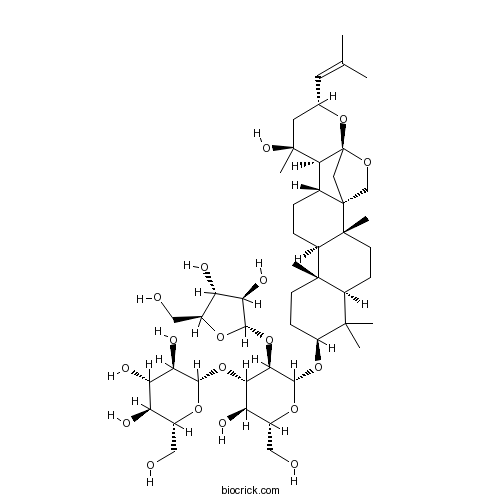
-
BCC8124
Bacopasaponin C178064-13-6
Instructions
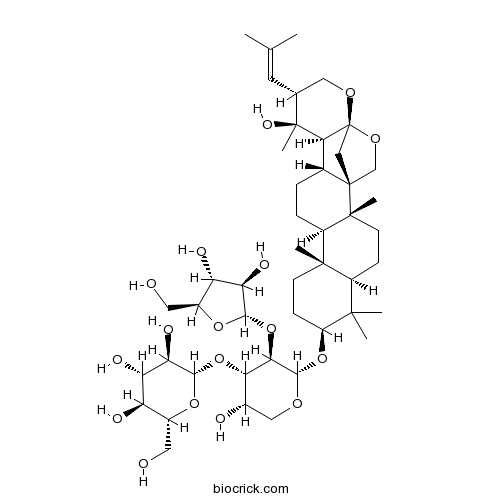
-
BCC8125
Bacopaside II382146-66-9
Instructions
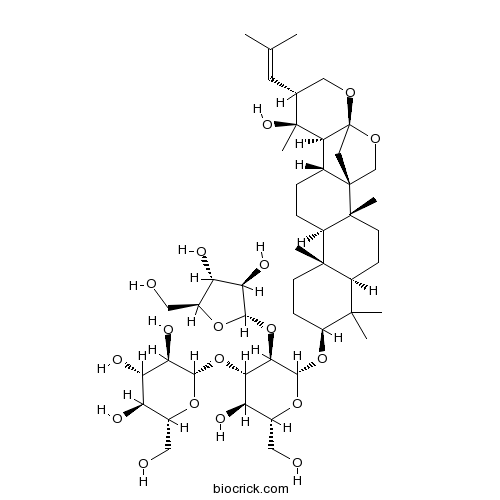
-
BCN8660
Bacopaside I382148-47-2
Instructions
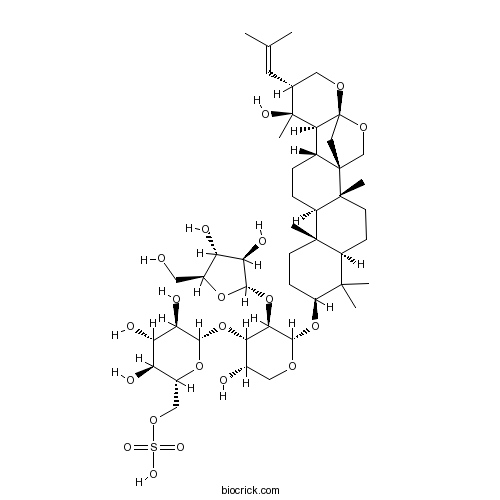
-
BCN8847
Bacopaside N2871706-75-1
Instructions
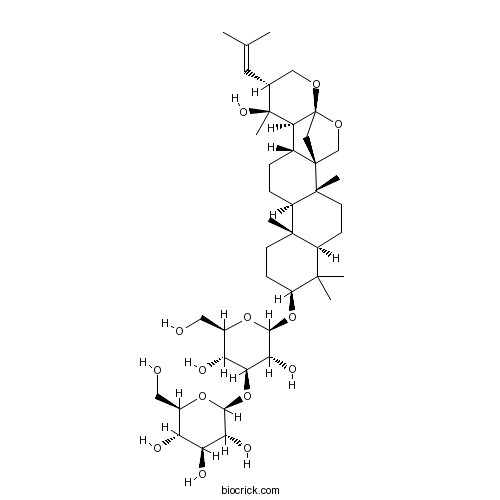
-
BCC8126
Bacopaside X94443-88-6
Instructions
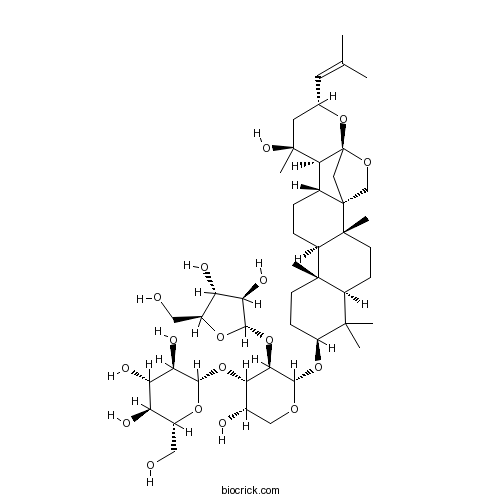
Zinc oxide nanoparticles (ZnO NP) mediated regulation of bacosides biosynthesis and transcriptional correlation of HMG-CoA reductase gene in suspension culture of Bacopa monnieri.[Pubmed: 29982171]
Bacopa monnieri (L.) Wettst. is a well documented nootropic plant, extensive known for alleviating symptoms of neurological disorder, along with other symptomatic relief. This property is attributed to the active phytocompounds, saponins (bacoside A) present in the plant. However, lack of stringent validation guidelines in most of the countries bring to the market, formulations differing in phytocompounds yield, thereby suggesting possible variation in therapeutic efficacy. The in-vitro suspension cultures of the Bacopa monnieri, provide an ease of scale-up, but regulating saponin yield is a stringent task. The aim of the study is to explore the effects of different concentrations (0, 0.25, 0.50, 0.75 and 1.0 ppm) of zinc oxide nanoparticles (ZnO NP) (24 nm in size), in regulating growth rate, bacoside yield and transcriptional profile of HMG CoA reductasegene in the suspension cells of Bacopa monnieri. Results showed a linear correlation between Bacoside A yield and ZnO NP concentrations with around 2 fold increase in total bacoside A concentration at 1 ppm. Also, ZnO NP supplemented suspension cells showed variation in the specific growth rate. Neuroprotective properties, analyzed using methanolic extracts of suspension cells again obtrude the extract of ZnO NP supplemented (0.75 ppm and 1 ppm) culture for better response in alleviating oxidative stress mediated damage to neuronal cells. ZnO NP supplemented system showed lower expression of HMG CoA reductasegene (the rate limiting step in bacoside A biosynthesis) but higher concentration of bacoside A, suggesting possible role of ZnO NP in isoprenoid pathway than MVA pathways.
Insights into the molecular aspects of neuroprotective Bacoside A and Bacopaside I.[Pubmed: 29676230]
Bacopa monnieri, commonly known as Brahmi, has been extensively used as a neuromedicine for various disorders such as anxiety, depression and memory loss. Chemical characterization studies revealed the major active constituents of the herb as the triterpenoid saponins, bacosides. Bacoside A, the vital neuroprotective constituent, is composed of four constituents viz., bacoside A3, bacopaside II, jujubogenin isomer of bacopasaponin C (bacopaside X) and bacopasaponin C. B. monnieri extracts as well as bacosides successfully establish a healthy antioxidant environment in various tissues especially in liver and brain. Free radical scavenging, suppression of lipid peroxidation and activation of antioxidant enzymes by bacosides help to attain a physiological state of minimized oxidative stress. The molecular basis of neuroprotective activity of bacosides is attributed to the regulation of mRNA translation and surface expression of neuroreceptors such as AMPAR, NMDAR and GABAR in the various parts of the brain. Bioavailability as well as binding of neuroprotective agents (such as bacosides) to these receptors is controlled by the Blood Brain Barrier (BBB). However, nano conversion of these drug candidates easily resolves the BBB restriction and carries a promising role in future therapies. This review summarizes the neuroprotective functions of the B. monnieri extracts as well as its active compounds (bacoside A, bacopaside I) and the molecular mechanisms responsible for these pharmacological activities.
Effect of traditional medicine brahmi vati and bacoside A-rich fraction of Bacopa monnieri on acute pentylenetetrzole-induced seizures, amphetamine-induced model of schizophrenia, and scopolamine-induced memory loss in laboratory animals.[Pubmed: 29414544]
Brahmi vati (BV) is an Ayurvedic polyherbal formulation used since ancient times and has been prescribed in seizures associated with schizophrenia and related memory loss by Ayurvedic practitioners in India. The aim of the study was to investigate these claims by evaluation of anticonvulsant, antischizophreniac, and memory-enhancing activities. Antioxidant condition of brain was determined by malondialdehyde (MDA) and reduced glutathione (GSH) levels estimations. Acetylcholinesterase (AChE) was quantitatively estimated in the brain tissue.
Bacopa monnieri extracts prevent hydrogen peroxide-induced oxidative damage in a cellular model of neuroblastoma IMR32 cells.[Pubmed: 29329610]
None


